All about midges on cucumbers
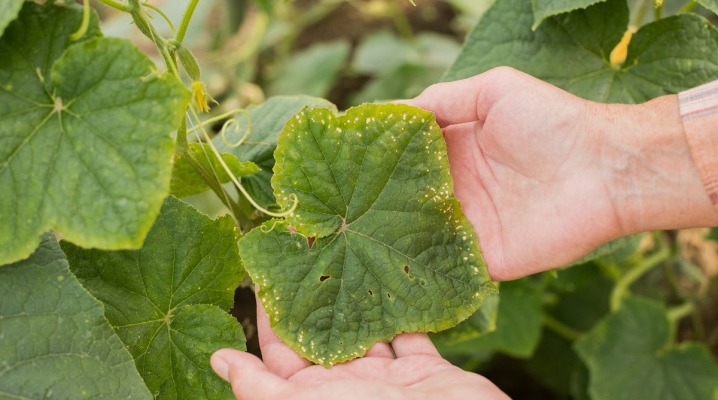
If your plants are attacked by midges, then you need to start fighting with them as soon as possible in order to prevent their spread and not to lose most of the harvest. We will tell you about what methods of dealing with them can be used in the article.
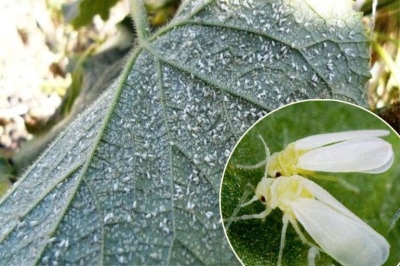
Description of pests
Cucumber gnats most often mean a group of small flying insects that grow on plants in a greenhouse or garden and quickly destroy them. However, most often these midges include several types of insects at once: for example, a miner or sprout fly, melon aphid, white midge or whitefly.
In general, these small pests are very similar in many ways: their size is very small, and the reproduction rate and egg-laying size, on the contrary, are high. These pests differ mainly only externally.
For example, the whitefly, if viewed very closely, resembles a small white butterfly, and the mining midge is distinguished by its dark coloration both on the abdomen and on top.
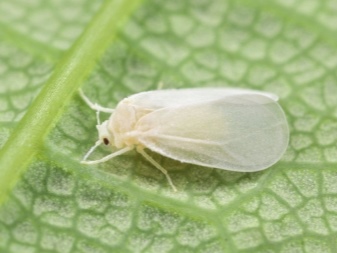
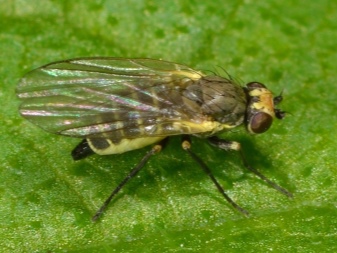
If we talk about mining flies, then these pests can start not only in plants that are grown in a greenhouse or in the open field, but also in seedlings that grow on a balcony or windowsill. Most often, their appearance is facilitated by high temperatures and humidity of air masses - these are the conditions that are most favorable for parasites.
It is recommended to start the fight against harmful insects immediately after they have started, preventing them from spreading. To find out about this in the early stages, it is necessary to regularly examine the plant and its leaves for signs of parasites.
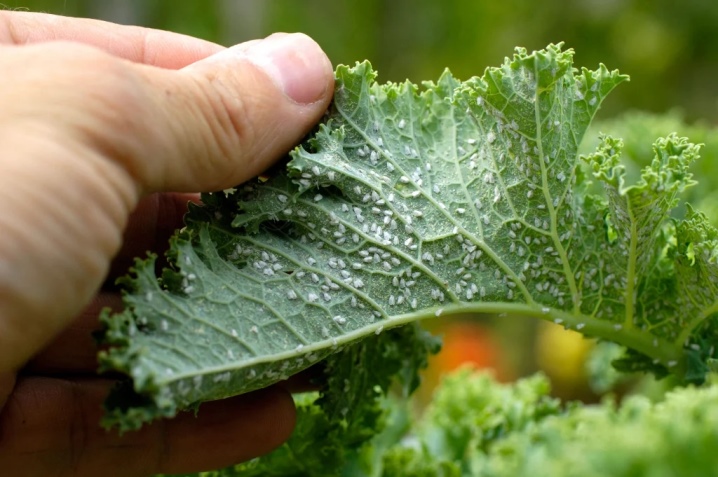
Such traces include light dots on the leaves, most often around which you can notice necrosis, wilting and dying of foliage, as well as the death of the plant as a whole. In addition, these parasites fly and spread various viruses throughout the plants, which will be difficult to treat.
A plant can be harmed not only by an adult insect that has passed all stages of development, but also by its larva, which has appeared quite recently. She eats the leaves, gnawing them and absorbing their nutrients, which subsequently violates their integrity. The plant, along with this, begins to gradually weaken, its immunity also decreases, which makes it more susceptible to various kinds of diseases.
Especially often, the larvae attack young seedlings and their stems, which leads to their early death.
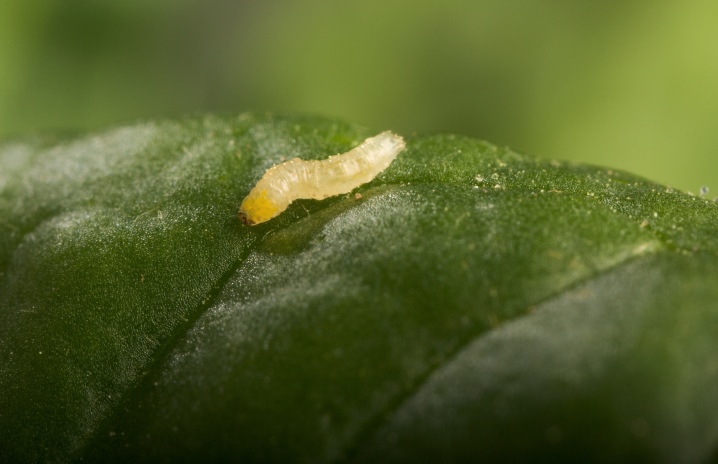
Control measures
Chemicals
Many summer residents do not like chemical preparations due to the fact that they are harmful and toxic. However, it is they who show the highest results, allowing you to completely get rid of harmful midges. Despite the high efficiency, it is often not worth using chemical methods - it is recommended to resort to them only when the number of insects is too large, and it is simply impossible to fight them in other ways. So, the main activities include the following actions:
-
introduction into the ground before planting cucumbers, granular insecticides, which are dangerous for harmful midges;
-
disinfection of seeds;
-
treatment of plantings at the germination stage with such solutions that contain effective components - malathion, permethrin, cypermethrin.
During the oviposition of parasites, the plant can be treated with solutions such as Fufanon or Kemifos. The first agent must be used with the calculation of 20 milliliters of the drug per 10 liters of water, and the second - 10 milliliters of the drug per 10 liters of liquid.In addition, many summer residents also recommend using products such as Iskra and Novaktion.
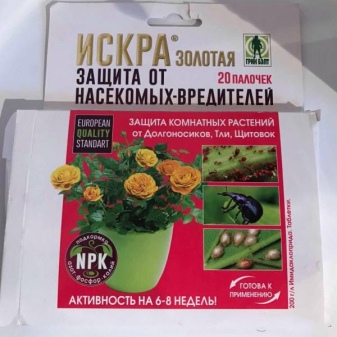
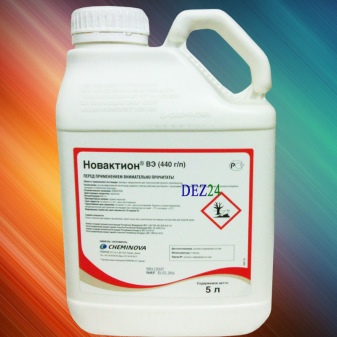
Biological methods
If poisoning midges with chemicals is not an option for you, then you can use biological methods. They are somewhat more complicated, but if used correctly, they will also give results.
Biological methods usually mean the use of natural helpers that are capable of removing harmful insects. These include beetles of the Aleohara genus, Eukoilid wasps, nematodes, fungi of some families and ground beetles.
Some of them eat midge larvae, others parasitize on adults. They are harmless to plants.

Folk remedies
If you managed to notice the appearance of pests even in the early stages, when they have not yet had time to breed, then the plants can be treated with solutions prepared with your own hands at home.
For example, you can make a mixture based on tar. You will need a tablespoon of this ingredient and a bucket of water. All components of the solution must be mixed well, after which you need to water or sprinkle the cucumber seedlings.
For You can also use wormwood, hot pepper pods, and tansy to make a pest control infusion. With the help of these components, you can prepare an infused mixture, which requires processing of cucumber plants during their growing season.
Dusting the plantings with such means as a mixture of dry mustard powder and ash or lime mixed with tobacco dust will also be effective.

Prophylaxis
It is easiest to prevent the appearance of harmful midges than to deal with them. To do this, you must adhere to certain rules. And also a number of preventive measures will help to avoid the appearance of parasites.
So, in order to prevent the plant from being attacked by mining flies, it is necessary to observe the alternation of plantings, to dig the beds in the fall after harvesting and in the spring before planting green plants. For reliability, decontaminate all planting seeds of green plants. After sowing them, it is recommended to cover the beds with a film for safety.
Be sure to remove plant residues after the final harvest. Larvae may well remain on them, which in the future will cause a lot of harm to new plantings. If you grow plants in greenhouse conditions, then be sure to monitor the temperature and humidity. Do not overfill the plants, but also do not allow a shortage of liquid, and periodically ventilate the greenhouse.
When introducing organic fertilizers, they must be well embedded in the soil. Otherwise, the mullein that remains on the surface can attract the attention of midges, which will subsequently lead to their spread.
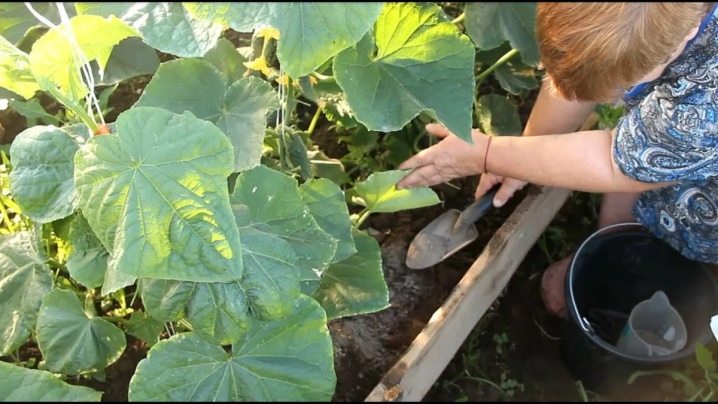













The comment was sent successfully.